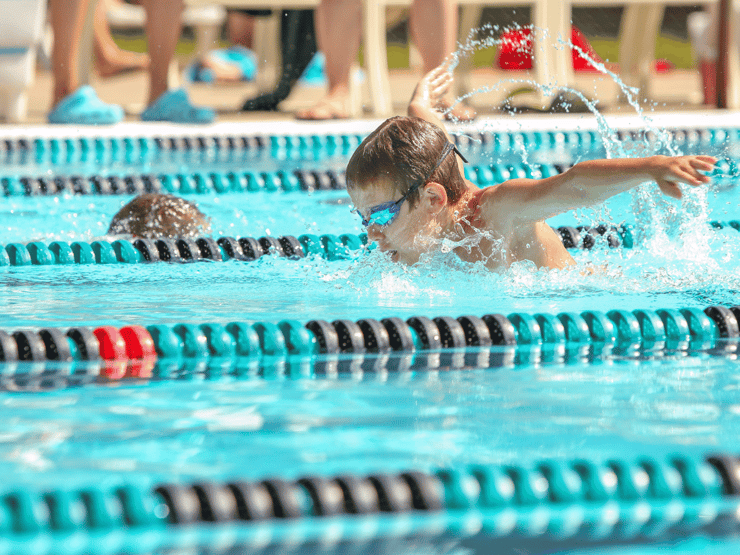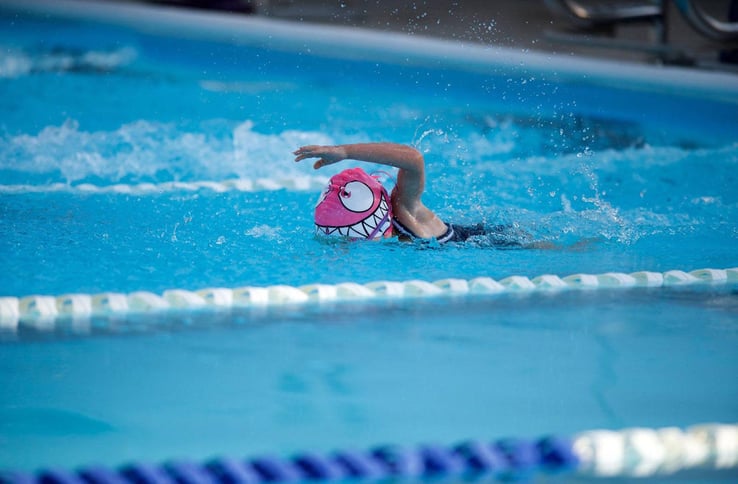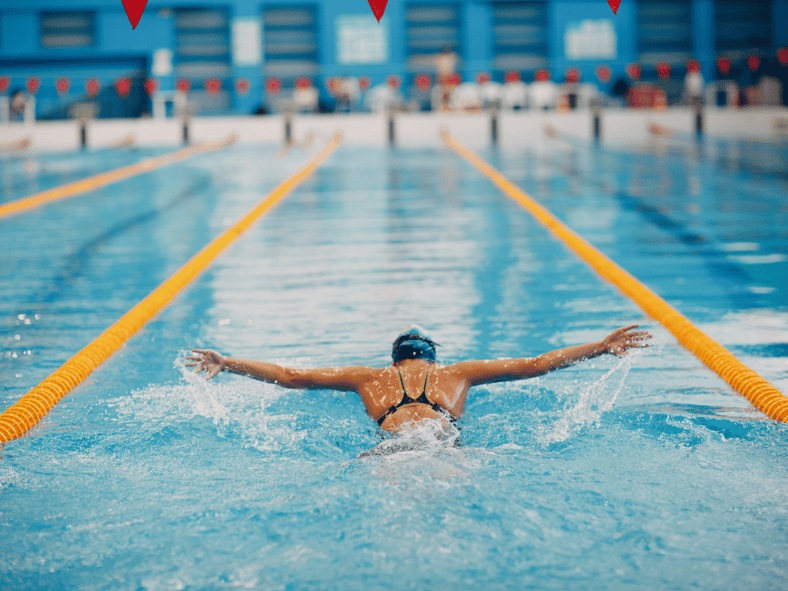Optimizing Performance: A Scientific Approach to Swim Recovery for Coaches and Parents
In the world of competitive swimming, where milliseconds can separate champions from the rest, the focus often leans heavily on rigorous training schedules, advanced techniques, and performance metrics. However, an equally critical component of an athlete's success, particularly for swimmers and endurance athletes, lies in an area less visible but paramount: recovery. The science of recovery in swimming is a vast ocean of strategies designed not only to restore the body but to enhance overall performance, reduce the risk of injury, and ensure the longevity of an athlete's career.

The Science of Recovery for Swimmers
Swimming, by its nature, is a highly demanding sport that encompasses the need for endurance, strength, flexibility, and mental resilience. The unique challenge for swimmers is the constant battle against water resistance, which requires a significant expenditure of energy and engages muscles in a way that is distinct from land-based sports. This necessitates a recovery approach tailored to the specific needs of aquatic athletes.
Muscle Repair and Adaptation
Post-exercise nutrition is crucial. Consuming proteins and carbohydrates soon after training aids significantly in muscle recovery and growth. This practice is particularly beneficial for swimmers, who subject their muscles to intense, repetitive use. A balanced diet helps repair muscles and replenish energy, preparing athletes for their next aquatic challenge.
Example: After a rigorous two-hour morning training session, 16-year-old competitive swimmer Alex ensures to have a recovery shake within 30 minutes post-practice. This shake is carefully prepared with a blend of whey protein and banana, offering both the protein needed for muscle repair and carbohydrates to replenish energy stores. On advice from a sports nutritionist, Alex also includes a handful of almonds for healthy fats, enhancing recovery further.
Injury Prevention through Recovery
Given the repetitive nature of swimming strokes, overuse injuries, such as shoulder issues, are common. Integrating active recovery days and low-impact cross-training activities, like swimming-specific yoga and flexibility exercises, can help reduce the risk of such injuries. These practices not only aid in physical recovery but also ensure muscles and joints remain healthy and resilient.
Example: Sarah, a collegiate swimmer specializing in butterfly events, incorporates yoga and Pilates into her weekly routine. Recognizing the strain her preferred stroke places on her shoulders, she attends a yoga class designed for swimmers every Wednesday, focusing on shoulder stability and core strength. Additionally, Sarah dedicates Sunday afternoons to a passive recovery session involving foam rolling and a 20-minute ice bath, helping to reduce inflammation and muscle soreness.
Optimizing Performance with Adequate Rest
The link between sufficient rest and peak performance is undeniable. For swimmers, adequate sleep is essential for maintaining sharp reaction times and focus. Ensuring athletes get enough rest is a critical component of injury prevention and optimizing performance, making sleep a cornerstone of an effective recovery strategy. Establish an evening routine that will prepare your body for the best sleep each night. Think about including routine actions like, reading, tea, sleep masks, mouth tape, cool temperatures etc.
Example: Mark, aiming for a national championship, has adjusted his daily schedule to prioritize sleep. Understanding the link between rest and performance, he maintains a strict bedtime routine, winding down at 9 PM to ensure he gets at least 9 hours of sleep before his early morning swim practice. Mark's room is optimized for sleep, with blackout curtains and a white noise machine to block out distractions, showcasing his commitment to recovery through rest.

Implementing Effective Recovery Strategies
For Coaches and Parents:
-
Schedule Smart: Integrate planned recovery days and ensure that training intensity varies throughout the week to prevent overtraining.
-
Nutrition Matters: Encourage swimmers to consume a recovery snack or meal rich in proteins and carbohydrates within 30 minutes post-training. Partnering with a sports nutritionist can provide tailored advice to meet individual needs.
-
Promote Quality Sleep: Advocate for consistent sleep schedules and create an environment conducive to restful sleep. Emphasize the importance of disconnecting from electronic devices well before bedtime.
-
Active Recovery: Incorporate activities such as light swimming, yoga, or stretching on recovery days to aid in muscle repair and maintain flexibility without overexertion.
-
Mental Recovery: Recognize the importance of psychological recovery. Encourage practices that reduce stress and mental fatigue, such as mindfulness, meditation, or simply engaging in leisure activities outside of swimming.
Example for Coaches: Coach Linda uses a holistic approach to manage her swim team's recovery. She collaborates with a sports nutritionist to provide monthly workshops on nutrition, emphasizing the role of diet in recovery. Coach Linda also schedules regular check-ins with her athletes to discuss their sleep habits and stress levels, adjusting training loads accordingly.
Example for Parents: Tom and Karen, parents of a young swimmer, actively support their son's recovery by ensuring he has nutritious meals ready after practice and encouraging early bedtimes. They've created a quiet, comfortable sleep environment at home and limit evening activities to ensure their son has ample downtime before bed.

Conclusion
By integrating these recovery strategies into their routines, swimmers like Alex, Sarah, and Mark not only enhance their performance but also significantly reduce their risk of injury, setting the stage for a long and successful career in swimming. Coaches and parents play a pivotal role in this process, providing the necessary support and resources to help athletes recover effectively. Through a collective effort, the swimming community can ensure its athletes achieve their full potential, both in the pool and in their overall well-being.

-png.png)